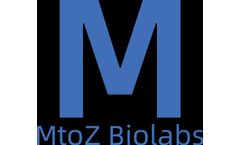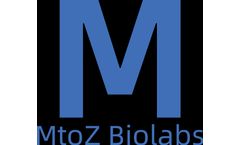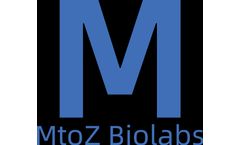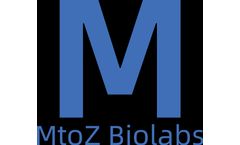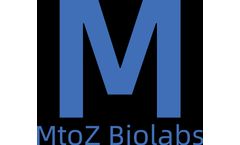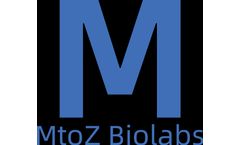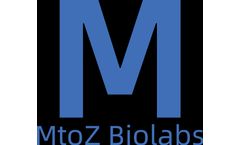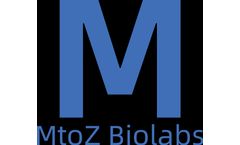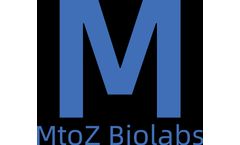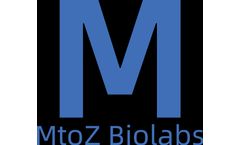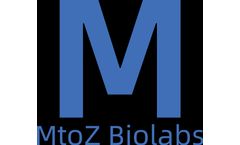Protein Targeted Articles & Analysis: Older
103 articles found
What Is PROTAC Technology? Proteolytic targeting chimera (PROTAC) is a new type of drug design technology that works by inducing the degradation of target proteins. ...
Unlike traditional antivirals that target specific viral proteins, these novel compounds are designed using advanced techniques such as artificial intelligence and machine learning. ...
Product transitions from research-use products to cGMP manufacturing are easiest if GMP is available from the same supplier that provides the research-use-only (RUO) protein. Despite more stringent manufacturing processes and analytical testing, there may be little variation between proteins in vials. ...
Some of the main functions of peptidomimetics include inhibiting or modulating enzymes & proteins, targeting specific receptors, and enhancing drug stability & bioavailability.Specifically, peptidomimetics can bind to enzymes and block their activity, making them useful in the development of cancer treatment. In addition, peptidomimetics can disrupt or ...
Glycosylation modification is a chemical modification process on biomolecules, involving the combination of sugar molecules with other biomolecules (usually proteins). This modification process plays a crucial regulatory role within the organism, particularly in terms of protein function and stability.Glycosylation modifications also impact antibodies, manifested ...
Immunoprecipitation is a commonly used method for detecting protein interactions. Through specific immune reactions, the target protein and the proteins it binds to are "captured". ...
Due to the importance of many proteins localized in centrosomes in cell movement, such as isomorph CRA and HS actin gamma1, antibodies targeting these proteins have also become powerful tools for treating related diseases. ...
They are responsible for several life-sustaining processes, including energy production, reducing free radicals, and maintaining cellular signaling. Proteins within the mitochondria play a key role in these processes.Why Sequence Mitochondrial Proteins?The sequencing of the mitochondrial proteome (i.e., the collection of all proteins in the ...
Mass Spectrometry TechnologyMass spectrometry technology directly measures the mass and structure of T cell receptor proteins to identify differences among different T cell clones. By analyzing specific proteolytic fragments of TCR proteins, this technology can identify the types of TCR, thereby revealing the diversity and specificity of T cells.(1) Sample ...
With technological advancements, we now have more novel avenues to choose from, such as recombinant proteins, engineered cells, and DNA encoding proteins, all of which can display a variety of epitopes or potential antibody recognition sites. Compared to these newer forms of antigens, peptides may be slightly lacking in epitope coverage, as they cannot display ...
Protein Ubiquitination is a crucial cellular biological process. It involves the binding of Ubiquitin protein to the target protein, thereby regulating the degradation, positioning, activation, etc., of the target protein. ...
Instead, purified and labeled "bait" proteins are used to detect and assay the target proteins on the membrane. ...
With the continuous advancement of protein, peptide, and antibody sequencing technology, they are playing an increasingly important role in the medical field.Precision Medicine and Targeted TherapyThrough protein and polypeptide sequencing, we can understand the differences of individuals at the protein and peptide levels. ...
In this issue, the editor shares a 10-step "plan" for antibody selection.Determine the Name of the Target ProteinFirst, you need to be clear about what protein you need to detect in order to select the corresponding antibody. In this process, you need to pay attention to the protein's Chinese and English names, aliases, and other information. You ...
This method can directly detect changes in the gene sequence.2. Detection of Protein Expression LevelsThrough techniques such as Western blot or immunofluorescence, the expression level of the target protein after gene knockout can be detected, which is also an important method to evaluate the efficiency of gene knockout.3. ...
This innovative process holds great promise in unlocking new possibilities in scientific research, paving the way for exciting advancements in the biotechnological landscape Messenger RNA plays a crucial role in the genetic code of all living organisms, transferring instructions from DNA to ribosomes for protein synthesis. Through custom mRNA production, artificial mRNA ...
The structural properties of the sample protein Understanding the structural properties of the target protein helps to choose the most suitable antibody. At least two factors need to be considered, the domain of the target protein to be tested and the extraction or processing process of the sample. ...
Deletion of target proteins in cells and observation of their phenotype is one of the most common methods for characterizing target protein function. However, if the loss of the target gene affects cell survival, then the acquisition of conditional knockout cells is important. Conditional knockout cell lines ...
What is CRISPRi? The dCas9 fusion protein targets DNA sequences through sgRNA, but the inactive dCas9 cannot catalyze DNA. Instead, a protein fused to dCas9 manipulates the transcription of the target gene. ...
UbiquitinationInvolves covalent binding of ubiquitin to the target protein, usually leading to protein degradation by the 26S proteasome.3. ...





